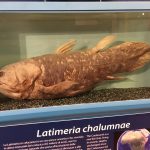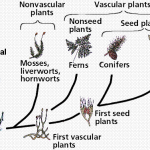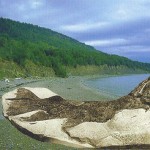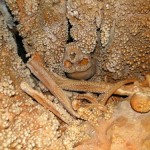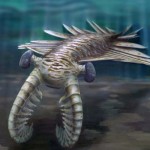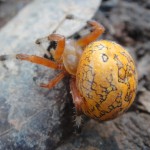Amniotes are tetrapods (four-limbed vertebrates) whose eggs contain amnions, an adaption that keeps them from drying out on land; they first appeared during the Carboniferous. There are two main groups, synapsids and sauropsids (anapsids, diapsids, and euryapsids), which differ in their evolutionary history and their skull morphologies (specifically, the types of fenestrae or "holes" in the skull). For a much more detailed look at the evolution and taxonomy of aminotes, check out Palaeofiles from the University of Bristol.
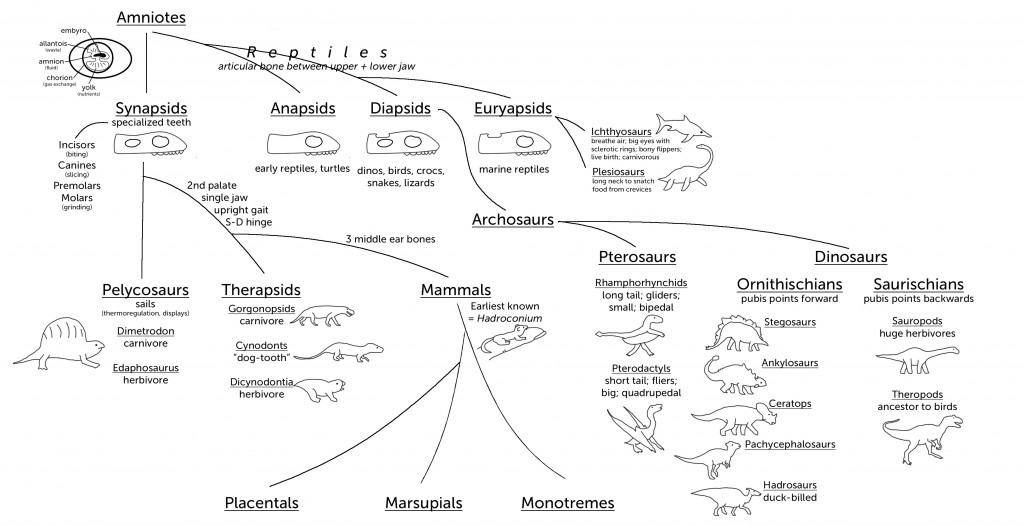 Synapsids
Synapsids
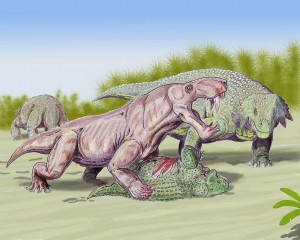
Gorgonopsid eating an anapsid, Scutosaurus. Image credit: Dmitry Bogdanov
The synapsids, which have a lateral temporal fenestra behind the eye socket, include mammals. One group of basal syapsids, pelycosaurs, appeared in the Late Paleozoic. The other group, the therapsids, gave rise to mammals. Gorgonopsids were terrifying predators of the Permian that resembled a reptilian wolf. Cynodonts and dicynodonts survived into the Mesozoic, but all non-mammalian therapsids went extinct before the era ended.
Sauropsids
The anapsids, currently represented by turtles, are basal reptiles with no fenestrae. During the late Mesozoic, a 5-meter sea turtle called Archelon roamed the oceans.
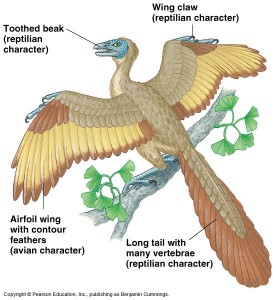
Archaeopteryx, a famous feathered theropod of the Late Jurassic.
During the Carboniferous, from anapsids evolved the diapsids, which have two temporal fenestrae (an upper and a lower, respectively termed supra- and infra-) behind the orbit. One group of diapsids includes lizards and snakes (among them is the fearsome mososaur, which inhabited Cretaceous seas). The other group, the archosaurs, appeared in the early Mesozoic, and includes the dinosaurs and pterosaurs on one side, and the crocodile line (check out Postosuchus) on the other. One group of dinosaurs, the theropods, still roams the Earth today in the form of birds. Theropods started out huge—Tyrannosaurus was a theropod—but over 50 million years, they shrank and gained feathers.
From diapsids came euryapsids, a polyphyletic group of marine reptiles (all of which lived and died during the Mesozoic; euryapsids aren't living today), losing the lower temporal fenestra so that they only had the upper temporal fenestra. Euryapsids include pleisiosaurs, large reptiles that used their prodigiously long necks to snatch food from crevices, and ichthyosaurs.


